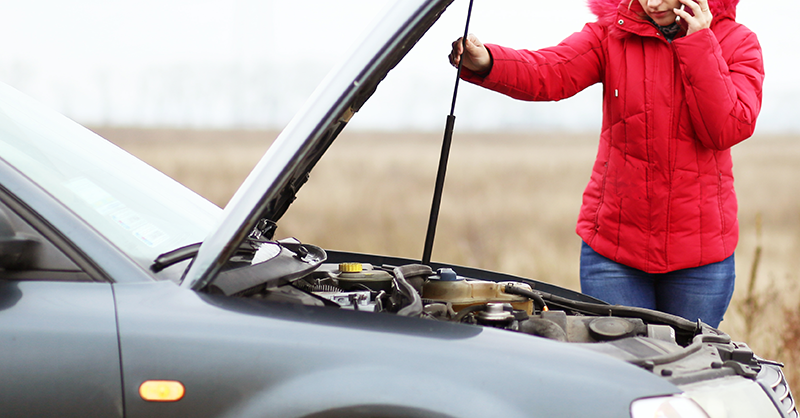Simple Checks Keep Your Car Reliable

Your vehicle can't go anywhere with a broken serpentine belt and turns aren’t so simple with a cracked power steering hose.
The numerous belts and hoses found in today’s vehicles provide vital operations drivers tend to take for granted.
“Belts and hoses might be mundane items in the back of the mind for most drivers,” said Tony Molla of the Automotive Service Association. “But maintaining and replacing them is as important as changing your oil.”
Modern cars typically don’t need the same level of maintenance for belts as on older models, Molla said, but that doesn’t mean their condition should be ignored.
“Vehicles from the 1990s and earlier have V-belts,” Molla said. “Sometimes they need the tension checked, but modern vehicles use serpentine belts and require much less work.”
Serpentine belt “tensioners” – pulleys on spring-loaded mounts – may need to be adjusted. Manufacturers typically recommend checking belts for cracks every 60,000 or 70,000 miles. Dealer-scheduled maintenance usually includes visual checks and replacements if necessary.
“If a belt makes a squealing noise, the likely suspect is a problem with tension,” Molla said, “Drivers should get their vehicle checked for loose or overtightened belts. Manufacturers have specific requirements for tension settings.”
What about spray products that are designed to eliminate squealing belts?
“Those types of products basically lubricate the belt,” Molla said. “It can help the noise but may make the belt slip, which can cause the belt to wear out faster.
“Hoses also experience degradation over time as a result of the natural electrolysis that takes place in vehicle cooling systems.”
Most hoses need to be replaced at the 100,000-mile mark, although it does vary by manufacturer.
“Check your owner’s manual,” Molla said. “There isn’t anything you can do to extend the life of a hose. Eventually they deteriorate and need to be replaced.”
Molla had the following advice for keeping belts and hoses in good working condition:
- Ask your service advisor to check belt tension and inspect for cracks. A broken belt can cause your engine to overheat and leave you stranded.
- Belt squeals often are caused by worn belts or belts that need to be tightened.
- Products designed for eliminating belt squeals may help reduce noise but can mask another problem with the belt that needs attention.
- Look for leaks that could be a sign of a broken, worn out or punctured hose. A leaky hose can cause a variety of problems such as overheating your engine or preventing the air conditioning compressor from working and cooling the passenger compartment.
Copyright © 2018 by Sensible Driver. All rights reserved.